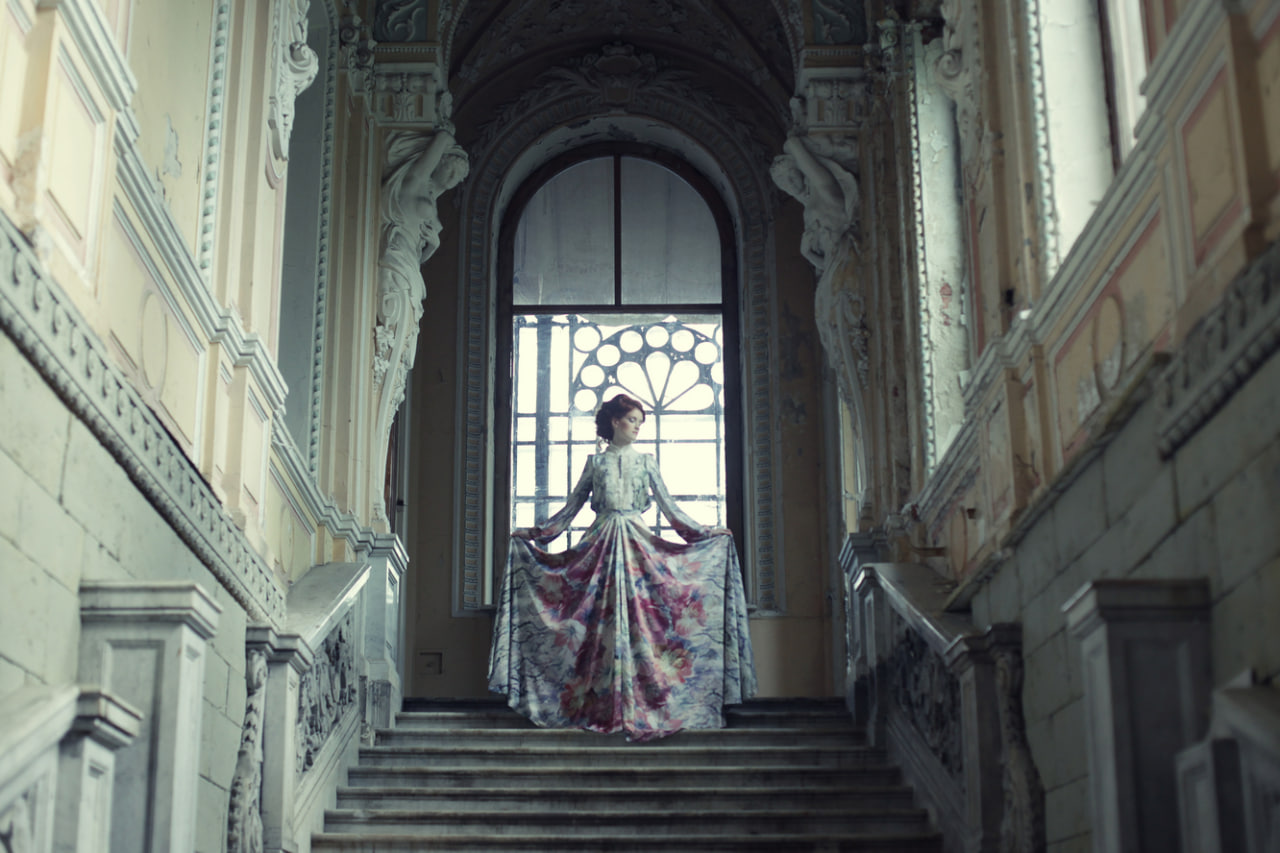Timeless Eras: Fashion Through the Ages
Fashion has always been more than fabric and design—it is a living document of humanity’s evolution. Through every stitch, color, and silhouette, societies have expressed their values, beliefs, and dreams. To study fashion through the ages is to uncover the story of civilization itself. From the ceremonial robes of ancient empires to the minimalist silhouettes of the 21st century, each era tells a story about beauty, identity, and transformation.
The evolution of clothing mirrors the journey of human creativity. In early societies, garments served practical purposes—to protect and distinguish. Over centuries, they evolved into intricate art forms that conveyed emotion, power, and belonging. The history of fashion is not linear; it is a continuous dialogue between the past and the present, each generation reinterpreting what came before.
Ancient Civilizations and the Birth of Style
The earliest known garments were simple yet purposeful. In Egypt, linen was the dominant fabric, woven from flax to create breathable attire suitable for the desert climate. The Egyptians saw clothing as a symbol of purity and order, mirroring their devotion to harmony and the gods. The pleated kilts of men and the sheath dresses of women reflected simplicity combined with divine grace. Jewelry, crafted from gold and precious stones, added spiritual significance—each piece was more than decoration; it carried meaning.
Meanwhile, in Greece, fashion took on a new language of freedom and proportion. Draped garments such as the chiton and himation celebrated the human form. Unlike the fitted structures that would define later centuries, Greek attire flowed naturally, allowing for movement and balance. This harmony between body and fabric reflected the Greek ideal of beauty—symmetry and restraint.
In Rome, practicality and power merged. The toga became a symbol of citizenship and authority. Roman clothing was a reflection of social hierarchy, meticulously crafted to indicate status. Fabrics ranged from coarse wool for the working class to luxurious silks imported from the East for the elite. Roman fashion influenced European style for centuries, blending structure with sophistication.
Across Asia, particularly in China and India, fashion developed along different lines. Chinese dynasties valued symbolism—the color, cut, and pattern of garments communicated rank and moral standing. Silk production, perfected over millennia, transformed Chinese attire into a global treasure. In India, elaborate drapery like the sari showcased an appreciation for textiles and craftsmanship that continues to this day.
The Middle Ages and the Expression of Faith
As Europe transitioned into the Middle Ages, fashion became entwined with spirituality and social order. The Church exerted immense influence over how people dressed. Modesty and symbolism governed attire, and clothing reflected not personal preference but adherence to divine and social codes.
For the nobility, however, fashion also became a tool of distinction. Rich fabrics like velvet and brocade were reserved for the elite, while peasants wore rough wool and linen. The introduction of dyes made from rare materials turned color into a symbol of privilege—royal blue, crimson, and gold became emblems of power.
The Gothic period introduced elongated silhouettes and pointed designs, mirroring the architecture of the time. Tall hats, trailing sleeves, and narrow waists created a sense of upward movement, echoing the spiritual aspiration toward heaven. Clothing was more than attire; it was a reflection of the soul’s journey.
The Renaissance and the Rebirth of Individuality
The Renaissance marked a turning point in fashion as art and science began to influence every aspect of life. Humanism celebrated the beauty of the individual, and fashion became a means of self-expression rather than mere conformity.
In Italy, the center of artistic rebirth, clothing grew extravagant. Silk, satin, and velvet adorned the wealthy, while embroidery and lace transformed garments into canvases of craftsmanship. Tailoring improved dramatically, allowing for structured yet graceful silhouettes. The use of slashing—cutting small openings in outer garments to reveal contrasting fabrics underneath—symbolized wealth and sophistication.
In England and France, the Renaissance also saw the rise of fashion as an industry. Portraits of nobility reveal how power was displayed through attire. Queen Elizabeth I’s wardrobe became legendary, featuring towering collars, intricate pearls, and richly embroidered gowns that projected authority and control.
Beyond Europe, other regions flourished in their own artistic expressions. The Ottoman Empire, Persia, and Mughal India showcased luxurious textiles, ornate jewelry, and vibrant colors, creating cultural intersections that influenced trade and taste across continents.
The Baroque and Rococo Eras: The Theatre of Opulence
The 17th and 18th centuries witnessed an explosion of excess. The Baroque and Rococo periods transformed fashion into performance—clothing was not merely worn but staged.
In the Baroque era, extravagance reflected divine right and royal power. Men and women adorned themselves in voluminous garments, adorned with lace, ribbons, and jewels. Fabrics shimmered with metallic threads, and elaborate wigs became symbols of prestige. The silhouette expanded—broad shoulders, tight bodices, and flowing skirts emphasized drama and grandeur.
Rococo fashion softened these extremes, favoring elegance over dominance. Pastel tones, floral embroidery, and curved lines defined this new aesthetic. The French court, led by figures such as Marie Antoinette, became the epicenter of fashion innovation. Every element of attire, from the powdered wigs to the decorated fans, reflected both art and politics.
The Victorian Age: Restraint and Revolution
The 19th century brought both constraint and change. The Industrial Revolution reshaped fashion’s production, making clothing more accessible while also enforcing strict societal expectations.
Women’s fashion became defined by modesty and structure. Corsets sculpted the body into the ideal hourglass shape, and voluminous skirts, supported by crinolines, emphasized formality. Every stitch was a reflection of discipline and decorum.
Yet beneath the surface, the seeds of modern fashion were being sown. Mass production introduced ready-made clothing, shifting the balance from exclusivity to availability. The sewing machine revolutionized tailoring, and fashion began to reflect not only status but personal taste.
Men’s fashion also evolved toward simplicity and practicality. The three-piece suit emerged as the standard of professionalism, a symbol of the modern man’s role in a rapidly industrializing world.
The 20th Century: Fashion as Freedom
The 20th century transformed fashion into a mirror of social change. Each decade brought new ideas, breaking traditions and redefining beauty.
The 1920s flapper revolution freed women from restrictive clothing. Shorter hemlines, looser fits, and bobbed hair symbolized independence. The 1930s and 1940s introduced tailored elegance, with designers like Coco Chanel and Christian Dior reshaping femininity through innovation.
Post-war fashion reflected both optimism and rebellion. The 1950s celebrated structure and refinement, while the 1960s exploded with color and experimentation. Youth culture, rock music, and civil rights movements influenced style more than ever before. Clothing became a voice of identity.
By the late 20th century, fashion diversified beyond class or gender. Subcultures like punk, grunge, and hip-hop turned rebellion into artistry. Designers like Yves Saint Laurent, Alexander McQueen, and Vivienne Westwood challenged conventions, blending historical references with futuristic vision.
The Contemporary Era: A Dialogue Between Past and Future
Modern fashion thrives on reinvention. Designers now look backward as much as forward, drawing from centuries of influence to create something entirely new. Vintage revival, sustainable design, and cultural fusion define the 21st century aesthetic.
Technology has revolutionized fashion production and presentation, from digital runways to 3D-printed fabrics. Yet, despite innovation, the essence of fashion remains the same—a search for meaning, expression, and connection. The garments of today still carry the echoes of ancient robes and Renaissance gowns, proving that fashion is not fleeting; it is eternal.

